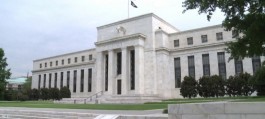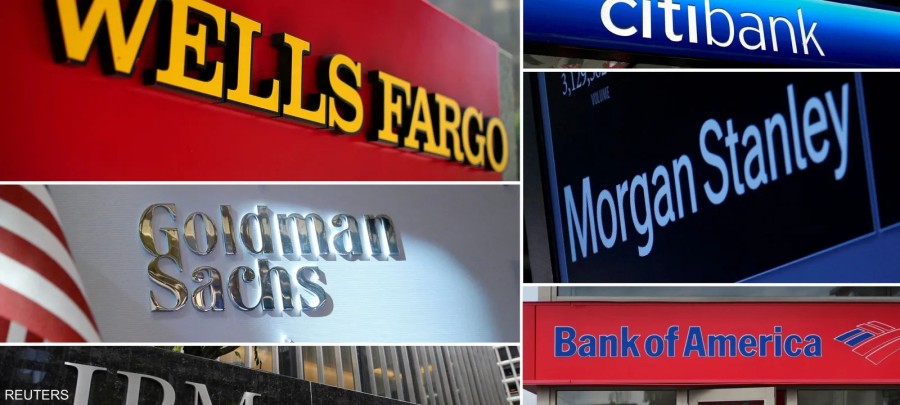Profits in the US banking sector jumped 13.5 percent to $79.3 billion in the third quarter of this year, according to the Federal Deposit Insurance Corporation.
The institution stated that the strong profits were primarily due to growth in non-interest income, as well as banks booking lower loss provision expenses.
Although the banking sector is generally in good shape, the regulatory body noted that the sector still suffers from historically high rates of delinquency in some types of loans, particularly commercial real estate, auto and credit card loans.
Banks with assets exceeding $250 billion reported a delinquency rate of 4.18 percent on vacant commercial real estate loans.
This figure is down from a peak of 4.99 percent in the previous year, but it is still far higher than the pre-coronavirus average of 0.59 percent.
The overall rate of overdue loans remained stable at 1.49 percent of the total, which is lower than the pre-pandemic average of 1.94 percent.
Travis Hill, acting chairman of the Federal Deposit Insurance Corporation, said in prepared comments that the banking sector continued to enjoy strong levels of capital and liquidity, supporting lending and protecting against potential losses.
Banks reported a rise in deposits for the fifth consecutive quarter, supported by approximately $88.6 billion in additional uninsured deposits, an increase of 1.1 percent over the previous quarter.









































